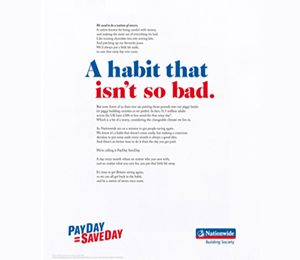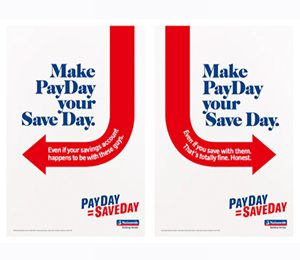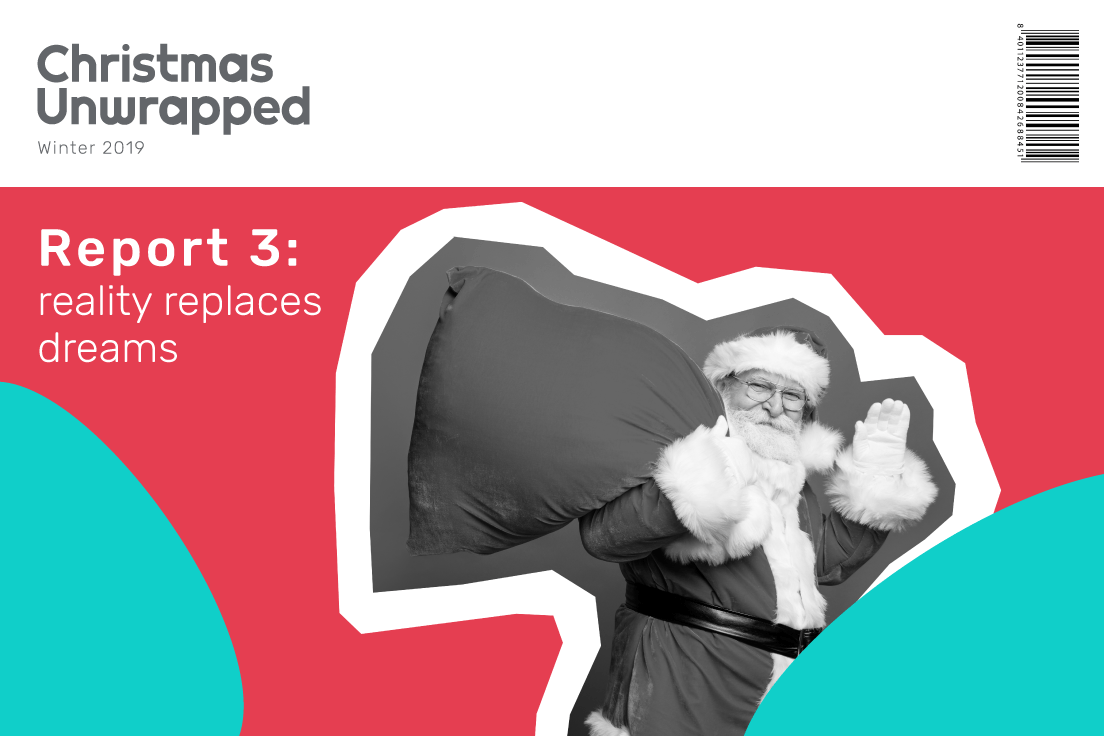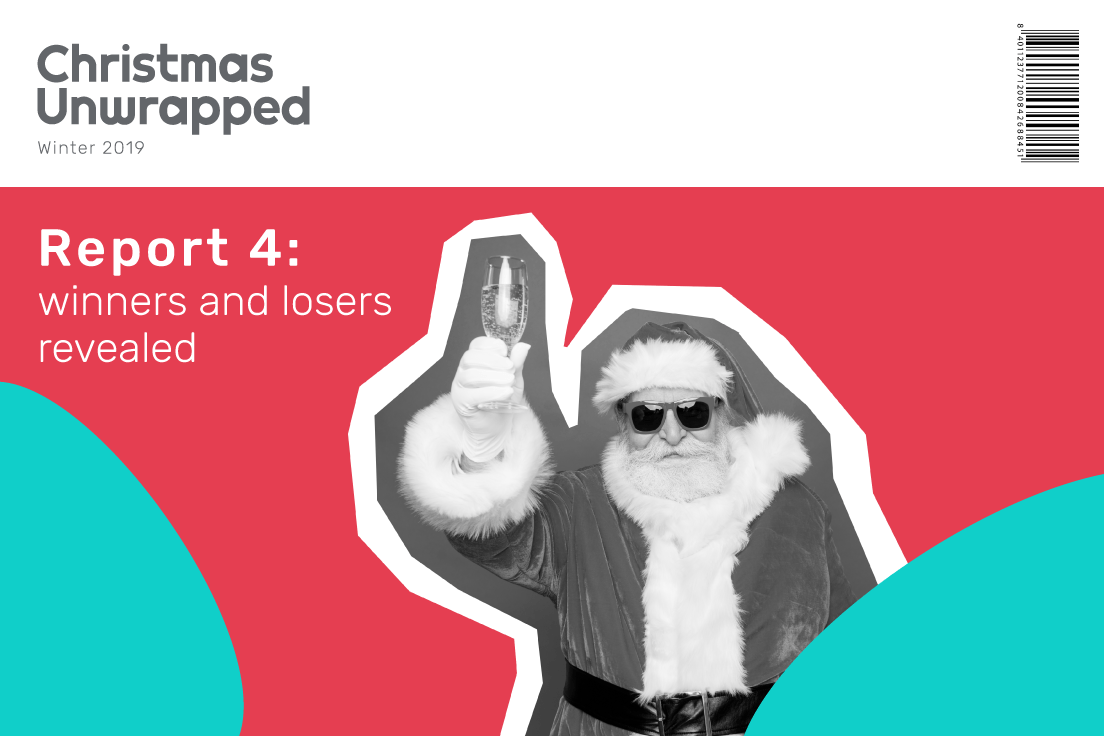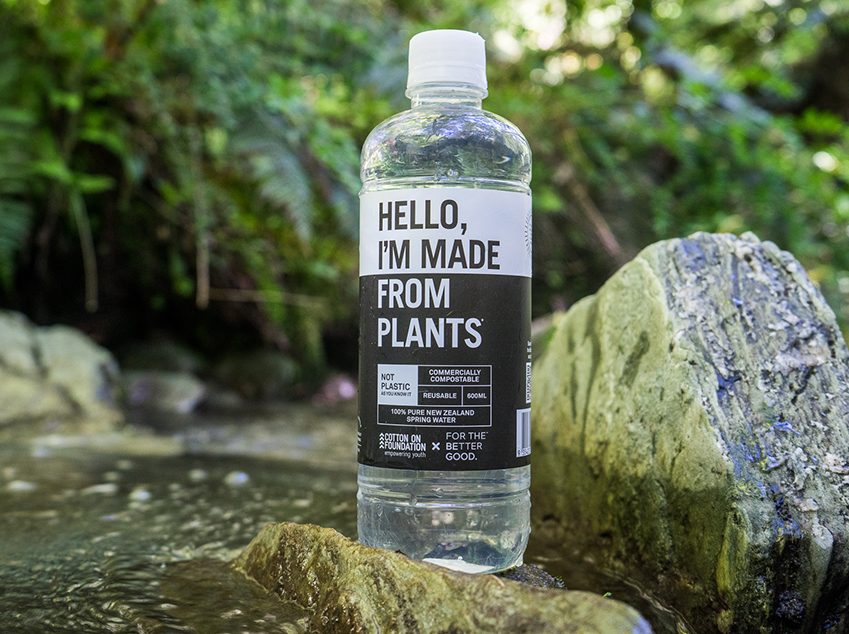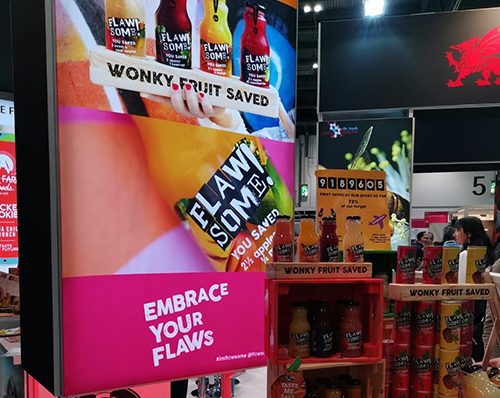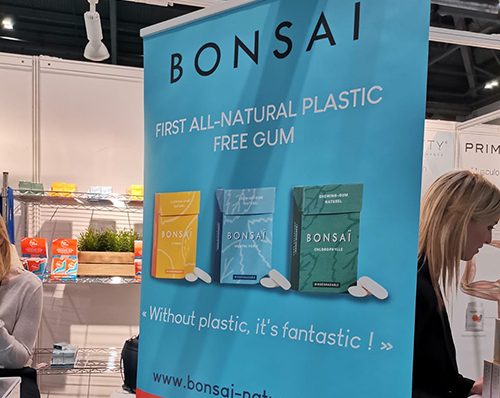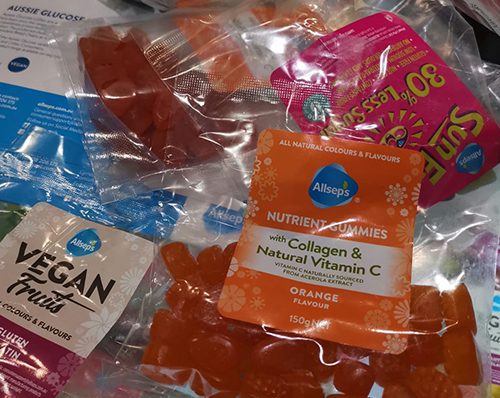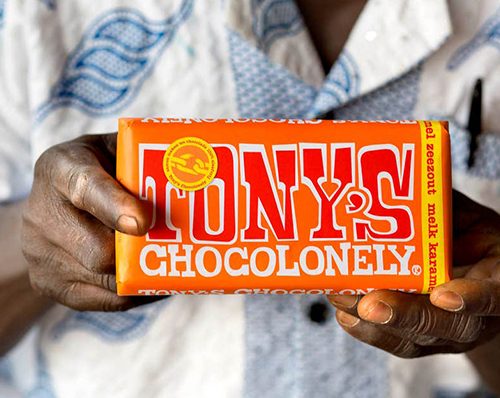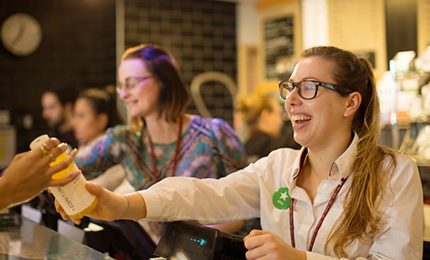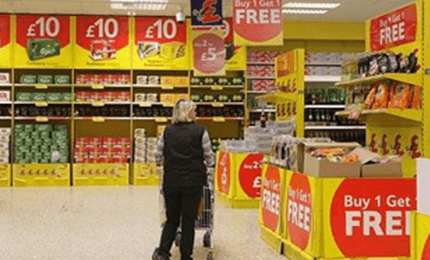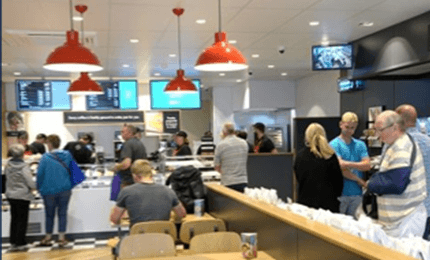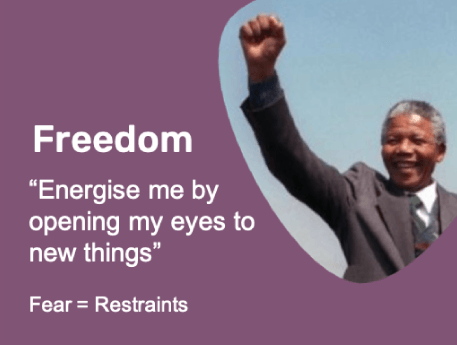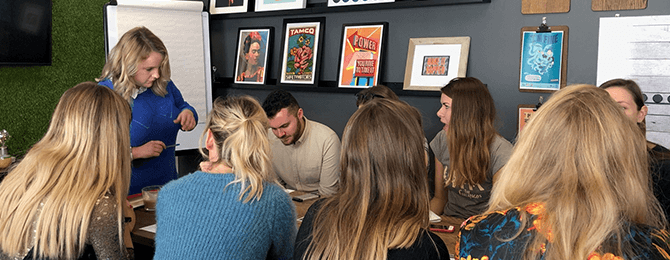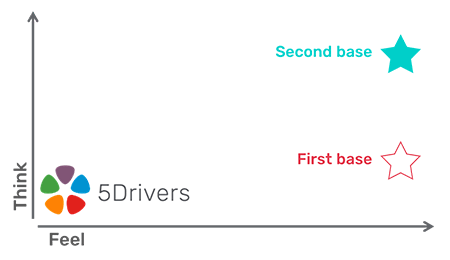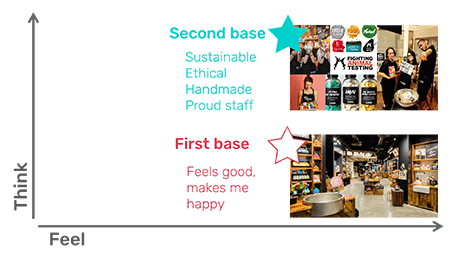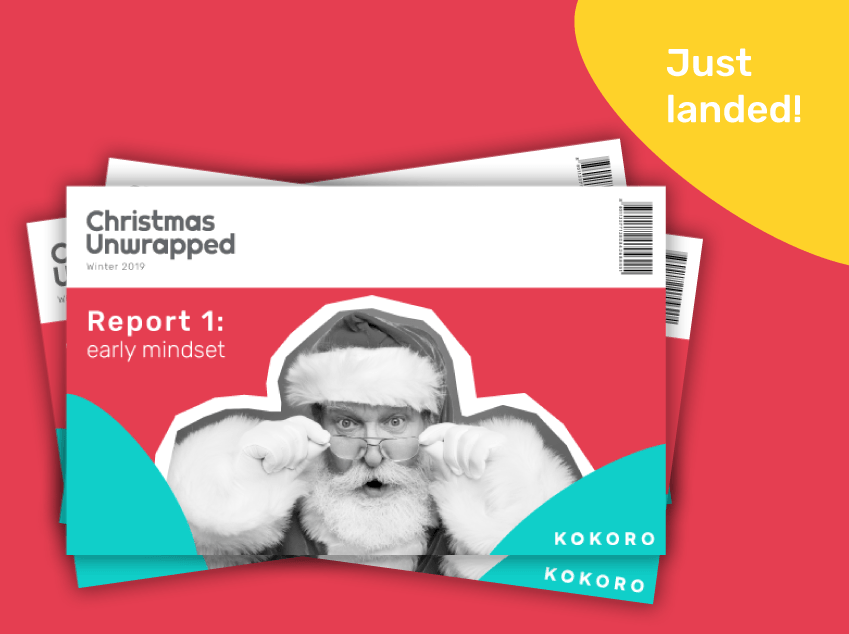
Get the most up-to-date read on how the nation feels about Christmas
Even after a Black Friday boost Christmas spend still looks under pressure – not helped by a trying election slap bang in the middle of festivities! Discover how the nation feels right now, how plans and spending are materialising and how the Christmas trading battle looks set to pan out as we enter the last crucial week!
In report 3 we analyse the feelings and behaviours of 2,000 UK consumers to reveal the 6 big stories you need to know about right now.
What do I get?
You get a story-led report, written by our senior insight experts, which will arm you with winning strategies. We’ve combined survey data analysis, qualitative research and social intelligence to give you the big picture and the smallest details on how Christmas is shaping up and what people want as we enter the final week of spending.
You really don’t want to miss this analysis of how the nation’s emotions are impacting Christmas 2019 vs. last year – including:
- Why the Black Friday ‘monster’ is hard to slay
- How consumers really feel right now and what this means for the last week of Christmas spend
- The moments, experiences and brands with the winning formula to make us spend
- One month on from being released which adverts are sticking in the heads and hearts of the nation
- A sneak peak at 2020 – why it’s a chance to form new habits around healthier living and mental wellbeing
How much?
- Report 3 is only £3,950 for over 40 slides of insights and recommended strategies.
- Reports 1, 2 and 4 are also charged at only £3,950 each.
- Or you can get all 4 reports for just £11,500! (saving you £4,000)
Want to buy?
Simply email Mark.Taylor@Kokoro-global.com or enter your details below



